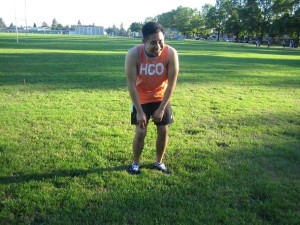A calcaneus fracture or heel fracture is considered as a common injury affecting the tarsal bone in the lower leg. Most cases of calcaneus fractures occur due to high-impact trauma such as a fall or vehicular accident. It is important to note that a calcaneus fracture requires surgical repair once the bone is displaced. Surgery can be performed as open reduction and internal fixation (ORIF) or as a percutaneous screw fixation in which pieces are fixed in place using a small incision. There are a number of complications that can occur during surgery and repair of the calcaneus fracture that you should be familiar with. When it comes to fracture, you can properly manage one by enrolling in a first aid class.
Complications on the wound
Since soft tissue injury typically occurs during a calcaneus fracture, diminished flow of blood to the area and swelling can result to poor healing, dehiscence of the wound or even infection of the wound or in the bone. Always remember that proper flow of blood is vital for the healing process. Take note that the wound complications can occur in some individuals after surgery. The risk for these wound complications is higher among diabetics, smokers and those who have open wounds. Compartment syndrome which involves swelling that result to tissue and nerve damage can lead to the clawing of the toes, thus affecting mobility.

Mobility issues
It is important to note that the normal foot and ankle mobility is usually lost after a surgery on a calcaneus fracture. An altered gait is quite common along with difficulty walking uphill or on uneven surfaces. Arthritis and joint stiffness in the joint from the injury is also a contributing factor to the diminished mobility.
Pain
Pain after a surgery is caused by certain factors. Some individuals suffer from pain due to the hardware used in holding the healing bones together which requires removal. The pain can occur from stiffness of the joints and limited mobility as well. Any damage to the sural nerve which is located in the exterior part of the heel can lead to pain or numbness along the nerve. The damage to this nerve can occur due to injury or surgery. The irritation to the tendons that surround the screws used for fixation can also trigger pain.
Blood clots
Blood clots or deep vein thrombosis can develop after any surgery that involves immobilization. Take note that clots typically form in the calf of the leg. If a piece of the clot breaks loose, it can lodge into the brain or lungs, resulting to pulmonary embolism or stroke which are considered as life-threatening conditions that require emergency care. When it comes to pulmonary embolus, it can lead to lung damage and even death in rare cases.
